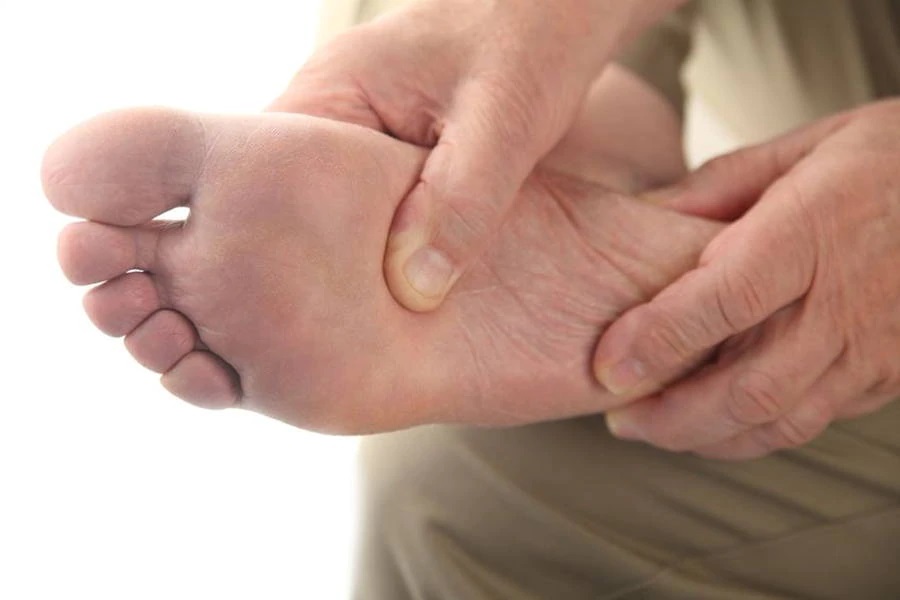Signs You Might Be Developing Plantar Fasciitis

Signs You Might Be Developing Plantar Fasciitis
Plantar fasciitis is thought to be the world’s most common cause of heel pain. It is a degenerative condition defined by chronic inflammation, or degeneration, of the plantar fascia – the band of tissue that runs from the ball of the foot and the toes to the heel. This structure is responsible for supporting the arch of the foot. Most feel that plantar fasciitis is caused by repetitive stress and micro-tears along the attachment point at the heel. It is also likely due to the same source of pathology for many human conditions; it is due to chronic inflammation and oxidative stress. Chronic inflammation is different from acute inflammation. Chronic inflammation is associated with degeneration. Chronic low-grade inflammation occurs due to dietary insults, obesity, pollution and other damaging sources that stimulate the immune system to function in the background – to our detriment.Risk Factors For Plantar Fasciitis
A wide range of factors can put someone at a higher risk of developing plantar fasciitis. To be clear, there is no true consensus on what causes this or who will suffer the condition. Here are some common ones many agree upon:

Overweight: Excess pounds put more pressure on the plantar fascia. The feet are responsible for bearing all of your weight while you stand and walk and the plantar fascia is a main structural component of the foot. Adipose tissue also produces inflammatory proteins constantly. This is likely the real reason that an excess energy status causes pain. If you combine chronic low-grade inflammation with an increased tensile load, then fasciitis might develop.

Overexertion: Walking, standing, or running for extended periods can put excess strain on the plantar fascia. Rest and recovery from this type of overuse can be difficult and typically can lead to microtears and inflammation. A more likely reason for pain from plantar fasciitis is the muscle fatigue and failure in the foot. That weakness puts even more strain on the fascia. Connective tissues such as the plantar fascia are integral to muscle work. As the muscle works and fatigues, the connective tissue must as well.

Improper foot mechanics: Pronation, high arches, fallen arches, and tight Achilles all put extra stress and pressure on the plantar fascia.
Symptoms To Look Out For
Plantar fasciitis is often more pronounced in the morning when taking the first step out of bed or after any long period of rest. It is usually a sharp pain and may be followed by tingling and burning. This is due to the plantar fascia shortening during rest. Many people report that it feels like stepping on a small sharp rock or push pin. It is often called a ‘stone bruise’. As the tendon lengthens and stretches many people will report the pain dulling or going away entirely. This is not uncommon for many tendon and ligament issues; a warm-up period reduces pain as it increases flexibility.The Healing Sole As A Solution To Plantar Fasciitis Pain
Dr. Meredith Warner developed her patented Healing Sole footbed as a means for those suffering from plantar fasciitis to be able to get back into flip flops. Her patented design incorporates a number of therapeutic elements that help the foot naturally strengthen and heal itself. Dr. Warner believes in the human body’s ability to heal and recover and designed the shoe to enhance those innate abilities.
The Healing Sole’s design allows you to stretch and strengthen your plantar fascia while you go about your regular day. It also rests and cushions targeted areas of pathology. Finally, due to the nature of the shoe design, the foot muscles must work harder and the muscles must be engaged.





